Continuing on with this blog series about the couple’s workshop that my husband and I attended, this time we’ll examine what helps to make a relationship work (last time I covered what doesn’t). There are seemingly subtle things that two people can do to help build what the Gottmans’ call the “Sound Relationship House.” If you have a sound house, then you will have a positive relationship, even when conflict arises. Following are three parts that contribute to the foundation of that house. The Gottmans’ point out that these three levels make up the “friendship domain” of the relationship, but they are also the basis for “romance, passion, and good sex.” Well, okay then, let’s get to them!
we’ll examine what helps to make a relationship work (last time I covered what doesn’t). There are seemingly subtle things that two people can do to help build what the Gottmans’ call the “Sound Relationship House.” If you have a sound house, then you will have a positive relationship, even when conflict arises. Following are three parts that contribute to the foundation of that house. The Gottmans’ point out that these three levels make up the “friendship domain” of the relationship, but they are also the basis for “romance, passion, and good sex.” Well, okay then, let’s get to them!
Build a Love Map – a love map is essentially a map of how well you know your partner. You might say, “Well, yeah, I’ve known him for like twenty years, so I don’t need a map!” But in this case, a map is more of an understanding your partner’s past and present, your history together, his likes and dislikes, current challenges and dreams, etc. It’s not just knowing that he doesn’t like anchovies on his pizza (though that helps), but what are his current struggles, what are his goals, and what is your role in it all?
And the same goes for him. Does he know those things about you? During the workshop, we did an exercise in which we read cards with open-ended questions and took turns answering in term’s of how we thought our partner would answer. (The other person would either agree or disagree about the answer.) Some examples were: What is your partner’s biggest dream, as yet unachieved? Who is your partner’s least favorite relative? What was your partner’s favorite vacation?
The idea was to see how well we know our spouses. We might think we know exactly how they will answer every question, but sometimes we’re wrong! (I was a couple times.)
Another exercise we did, and one you can do every day, is to ask open-ended questions to each other. Examples would be: If you could re-do any decade of your life, which would you choose and why? What are your biggest worries about the future? If you could live in another country, which would you pick and why?
The idea here is to ask questions that require thought, beyond a yes/no answer, and it’s a way to keep in touch with your partner’s interests, ideas, and goals.
Share Fondness and Admiration – this one seems obvious, but how often do we actually acknowledge the positives about our spouses, and then actually tell them! You also might find that he has something nice to say back if you start with the first nicety. The idea is to build a positive outlook about the other so when certain trouble spots show up, like contempt, it doesn’t hurt so much or come up as often. During this exercise, we looked at list of sixty adjectives, anything from loving to funny to careful to gentle to sexy or kind, circled those we thought fit, then shared them with each other. It was nice to know that we still think of each other with certain positive characteristics. This is something anyone could do at home if you really wanted to, but also just telling each other positives (like “Thank you for helping around the house” or “You look great today”) will work towards building the foundation in your relationship.
Turn Towards – the last level is to turn towards your partner in everyday interactions. The Gottmans’ say that we all make “bids” to one another, which are gestures (either verbal or nonverbal) in which we are seeking attention or connection from our partner. These can be small, like calling your partner’s name or asking “Did you buy toilet paper yesterday?” to large, “I need help scheduling this upcoming busy 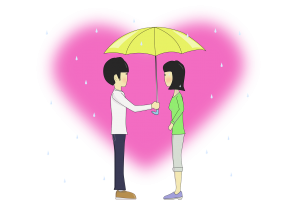 week” or “I need affection.”
week” or “I need affection.”
There are three ways we can respond to these bids. The first is to Turn Towards, which means acknowledging your partner in a positive way. This can be in answer to the above questions or in small ways like helping him or her out, making a favorite meal, giving a spontaneous hug, or bringing out the garbage. The second way is to turn away, which means ignoring your partner completely (we realized in this workshop that giving no repsonse to a question is still turning away, that one of us does this, and it’s really annoying!). The last way is to turn against. Turning against means responding angrily like, “No, I didn’t buy toilet paper. Go buy it yourself!”
From research and observation, the Gottmans’ saw that newlyweds turned towards each other 86% of the time. Of those newlyweds, who got divorced six years later turned, they turned towards only 33% of the time.
The Gottmans’ say that each interaction in which we turn towards contributes to an Emotional Bank Account. Positive interactions are small deposits in this bank account. When we run into trouble (i.e. conflicts or fights), this emotional bank account of positive interactions helps us through. They say “small things often” can help our relationships overall.
To me, this idea applies not only to our spouses, but to our kids, family, and friends as well. What do you do to contribute to the Emotional Bank Accounts in your relationships?
 kids’ screen time, monitor my own screen time, date night once a week…the list goes on and on. Somewhere in my head I think, yes, that’s it, once I consistently do all those things, my life will be easy and good, even perfect.
kids’ screen time, monitor my own screen time, date night once a week…the list goes on and on. Somewhere in my head I think, yes, that’s it, once I consistently do all those things, my life will be easy and good, even perfect. is pic is my daughter’s running total of the start our COVID “adventure,” when things went funny and we all went into hiding. For her that’s when school ended and distance learning began. (She says it won’t be over until we can go to the movies, still not open yet, and not wear masks.) That was 108 days ago. I dashed her plans of having a “quarantine party” on day 100 though; I told her those two words don’t mix well.
is pic is my daughter’s running total of the start our COVID “adventure,” when things went funny and we all went into hiding. For her that’s when school ended and distance learning began. (She says it won’t be over until we can go to the movies, still not open yet, and not wear masks.) That was 108 days ago. I dashed her plans of having a “quarantine party” on day 100 though; I told her those two words don’t mix well.
 virus shut-down period? I’ve noticed that some moments I’m up, and the next I’m way down. There seems to be no telling when I’m in a “good” mood, “bad” mood, or just feeling in a funk. Usually, my mood is fairly consistent, mostly “even,” but not these days. I noticed that last week when I was doing okay one day, excited about spring and the garden we’re preparing, but the next day I was sad, angry, and feeling hopeless. Yesterday was another one of those days. Why? I wondered. What has changed? Almost nothing, I realized, and that’s part of the problem. Here are a few reasons why you, or other friends or family, might be feeling the same during our self-isolation:
virus shut-down period? I’ve noticed that some moments I’m up, and the next I’m way down. There seems to be no telling when I’m in a “good” mood, “bad” mood, or just feeling in a funk. Usually, my mood is fairly consistent, mostly “even,” but not these days. I noticed that last week when I was doing okay one day, excited about spring and the garden we’re preparing, but the next day I was sad, angry, and feeling hopeless. Yesterday was another one of those days. Why? I wondered. What has changed? Almost nothing, I realized, and that’s part of the problem. Here are a few reasons why you, or other friends or family, might be feeling the same during our self-isolation: jobs at the moment. Some may not have jobs to go back to. My good friend is in the final stretch of her education and finishing up her internship. She has not been able to complete it. Her plans of getting a job, moving, and starting her career have been temporarily altered. She wonders if this carefully crafted plan will happen at all. And she’s terribly disappointed.
jobs at the moment. Some may not have jobs to go back to. My good friend is in the final stretch of her education and finishing up her internship. She has not been able to complete it. Her plans of getting a job, moving, and starting her career have been temporarily altered. She wonders if this carefully crafted plan will happen at all. And she’s terribly disappointed. A few quotes from the days of reading books to my children when they were small still ring in my head. This one, by Kevin Henkes of Lily’s Purple Plastic Purse, is from Lily’s teacher in a note to her after she had a very bad day and got in trouble. He told her, “Today was a difficult day. Tomorrow will be better.” Yes, it will.
A few quotes from the days of reading books to my children when they were small still ring in my head. This one, by Kevin Henkes of Lily’s Purple Plastic Purse, is from Lily’s teacher in a note to her after she had a very bad day and got in trouble. He told her, “Today was a difficult day. Tomorrow will be better.” Yes, it will. California anyway). We’re starting week three of shelter in place, only going out for food or necessities, and for my family, homeschooling. These are trying times, indeed. By Friday, school is out and we need that break – from each other. Despite the inconveniences, and hardships for many who aren’t working right now, we can try to find the good, even if we don’t really feel like it (and I can tell you that no one in Target yesterday felt like it, not even a smile could be had). Here they are anyway:
California anyway). We’re starting week three of shelter in place, only going out for food or necessities, and for my family, homeschooling. These are trying times, indeed. By Friday, school is out and we need that break – from each other. Despite the inconveniences, and hardships for many who aren’t working right now, we can try to find the good, even if we don’t really feel like it (and I can tell you that no one in Target yesterday felt like it, not even a smile could be had). Here they are anyway: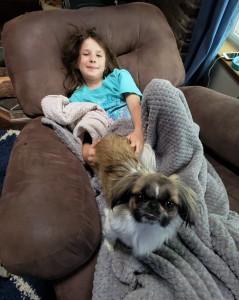 do most of the time we’ve found). So, even if you don’t own a dog, know that those who do are happier and that’s good (as we know, cats could care less).
do most of the time we’ve found). So, even if you don’t own a dog, know that those who do are happier and that’s good (as we know, cats could care less). our view for the better. Feeling stuck gets me anxious, frustrated, and clawing at the cage to get out. Feeling safe gives relief and calm. I’m reminding myself of this often.
our view for the better. Feeling stuck gets me anxious, frustrated, and clawing at the cage to get out. Feeling safe gives relief and calm. I’m reminding myself of this often.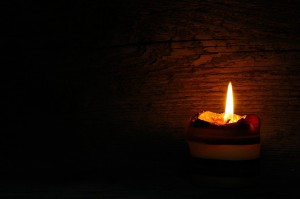 f darkness. We weren’t outraged at PG&E for taking safety measures to ensure that another massive fire didn’t break out and incinerate us all, but it was highly inconvenient. Here are my pros, cons, and observations from the last few days of what felt literally like being “powerless.”
f darkness. We weren’t outraged at PG&E for taking safety measures to ensure that another massive fire didn’t break out and incinerate us all, but it was highly inconvenient. Here are my pros, cons, and observations from the last few days of what felt literally like being “powerless.” d to be cash only (tough because of our plastic currency dependence). Gas pumps won’t work without power, and all of those generators need that other dependent resource (gas) to run. Of course, many would chalk this up to a “first world problem.” Boo-hoo, there was no power for almost three days, and maybe I agree there. But we live lives that rely on electricity and, even with numerous announcements from PG&E, entire communities felt the effects of this shutdown.
d to be cash only (tough because of our plastic currency dependence). Gas pumps won’t work without power, and all of those generators need that other dependent resource (gas) to run. Of course, many would chalk this up to a “first world problem.” Boo-hoo, there was no power for almost three days, and maybe I agree there. But we live lives that rely on electricity and, even with numerous announcements from PG&E, entire communities felt the effects of this shutdown. we’ll examine what helps to make a relationship work (last time I covered
we’ll examine what helps to make a relationship work (last time I covered  week” or “I need affection.”
week” or “I need affection.”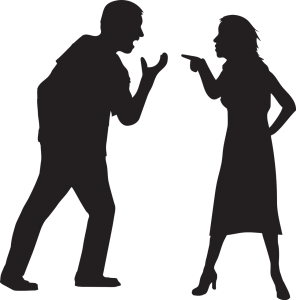
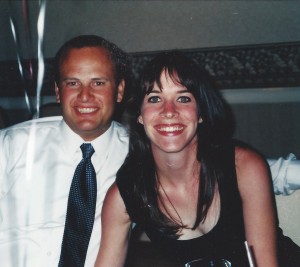
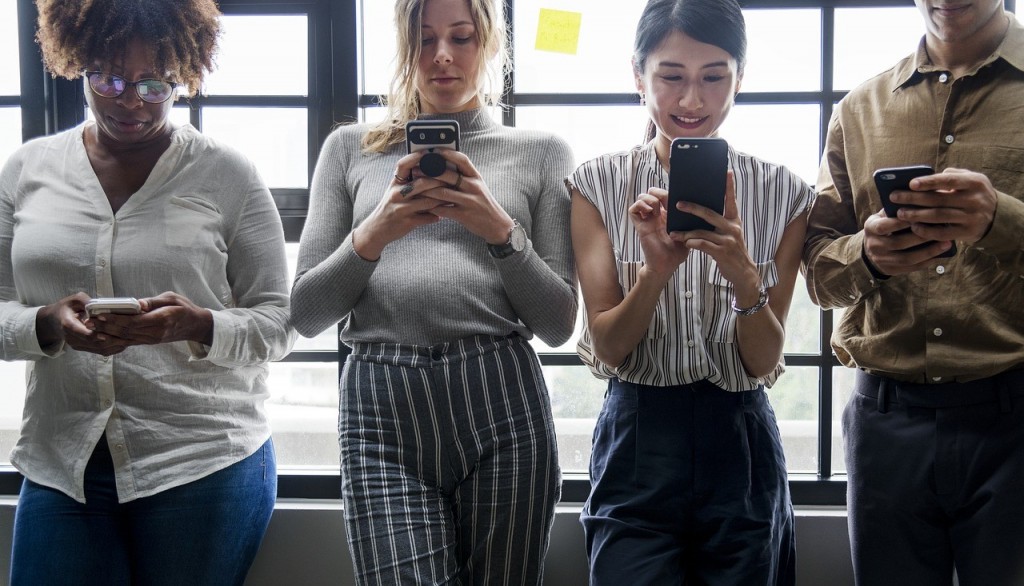 deliberately make at some point, and then stop thinking about, but continue doing, often every day.” And how habits are loops made up of three parts: the cue (or trigger), the response, and the reward. In the case of the phone, it could be me bored while waiting in line somewhere (cue or trigger) so I check my phone (response), and find that I have email I could read (reward). And so it goes. First in situations of boredom, then in times of avoidance (say, when I don’t want to hear my kids complaining), and finally, just because. How many times have you looked at your phone simply because someone else did? Or checked your email or texts, thinking you heard that little ding, but it was just your imagination. (If you can believe it, the term for that is phantom ringing syndrome.)
deliberately make at some point, and then stop thinking about, but continue doing, often every day.” And how habits are loops made up of three parts: the cue (or trigger), the response, and the reward. In the case of the phone, it could be me bored while waiting in line somewhere (cue or trigger) so I check my phone (response), and find that I have email I could read (reward). And so it goes. First in situations of boredom, then in times of avoidance (say, when I don’t want to hear my kids complaining), and finally, just because. How many times have you looked at your phone simply because someone else did? Or checked your email or texts, thinking you heard that little ding, but it was just your imagination. (If you can believe it, the term for that is phantom ringing syndrome.) “No problem,” but then I seem to think of reasons why I might need it on (my mom for instance, or some excuse I think is “important”). In the end, it’s just silly anxiety running the show and making me think that the world will end in those twenty-four hours simply because I (the all-important legend in my own mind) don’t have my phone on (in reality, I guess, it is the phone running my show). I will post a follow-up when I complete my thirty days of phone withdrawal and let you know how it went!
“No problem,” but then I seem to think of reasons why I might need it on (my mom for instance, or some excuse I think is “important”). In the end, it’s just silly anxiety running the show and making me think that the world will end in those twenty-four hours simply because I (the all-important legend in my own mind) don’t have my phone on (in reality, I guess, it is the phone running my show). I will post a follow-up when I complete my thirty days of phone withdrawal and let you know how it went!
